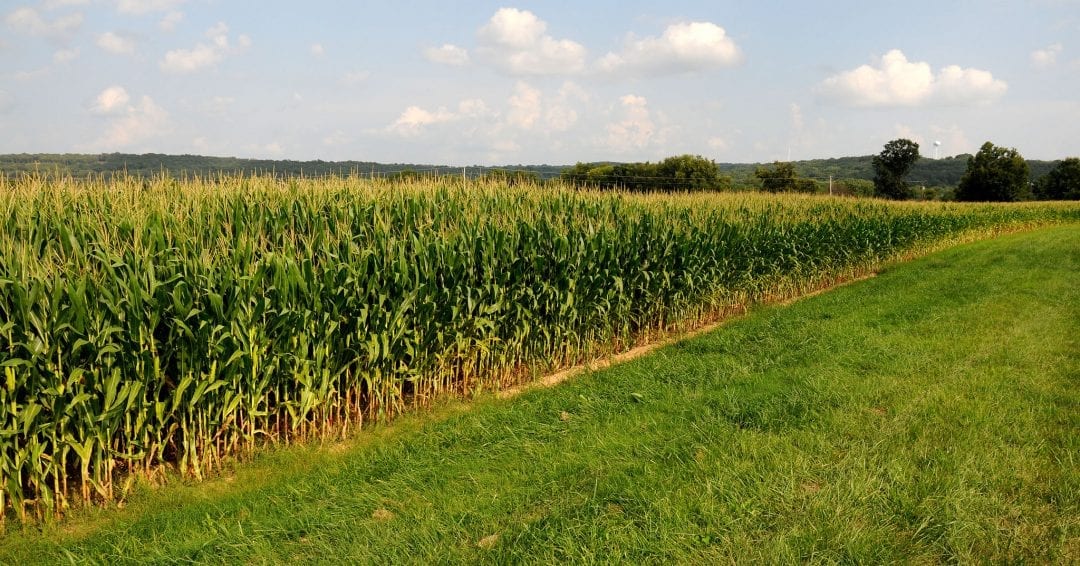Characteristics of Borrowers Likely to Benefit from Loan Modifications

The Problem
U.S. net farm income has fallen nearly 50 percent since 2013 and farmland values have declined 3-5 percent in some states. This deterioration of credit conditions in agriculture has resulted in reduced loan repayment rates, increased loan renewals and extensions, and one-third of agricultural bankers have reported increased loan modifications. Should this trend continue, the lending industry could see an increase in farm loan repayment difficulties and increased interest in loan restructuring from both lenders and policymakers.
The Research
For more than 25 years, the U.S. Department of Agriculture’s Farm Service Agency, or FSA, has followed a policy of providing loan modifications to borrowers with repayment problems. FSA has a rich data source to examine and provide a better understanding of the costs and benefits associated with loan modifications. This research identifies characteristics of borrowers likely to benefit from loan modification which includes concessions provided to the borrower from the lender.
The research focused on FSA data about borrowers who had received 7,914 operating loan modifications during 2005-2010. A logistic regression model is estimated to identify characteristics associated with the likelihood of a borrower paying the modified loan as agreed or receiving a subsequent loan modification within seven years. Variables included financial condition, type and year of loan modification, farm type, organizational type, borrower demographics, and region.
Loans requiring more complex loan modifications and borrowers with previous loan restructuring, larger farms, little equity in loan collateral, little or no capital, and/or little to no liquidity are less likely to perform following loan restructuring. Groups generally considered to have fewer financial resources, such as young/beginning, socially disadvantaged, or divorced/separated borrowers, are found to be more likely to default again subsequent to an initial loan restructuring. Many of these borrowers ended up having a subsequent restructure within a short period of time, which could suggest the possible futility of providing concessions to these types of borrowers. Most of the regional variability in loan performance appears to have been a result of land values and commodity prices and not jurisdictional laws.
The Bottom Line
Given the current economic outlook for commodity prices and farm incomes, it is likely post-restructure loan performance will deteriorate. The fact that many borrowers will go through loan restructuring multiple times suggests that it may be more efficient for lenders to provide greater concessions, such as partial write-down or rescheduling payments over a longer time period, earlier in the process.
The Researcher

Bruce Ahrendsen
Professor of Agricultural Economics and Agribusiness.
His major research interests include issues of financial institutions and markets, credit evaluation, financial management, credit programs, risk management, farmland leasing, and asset valuation. The Iowa native earned his B.S. degree in agricultural business from Iowa State University and masters and Ph.D. in economics from North Carolina State University.
